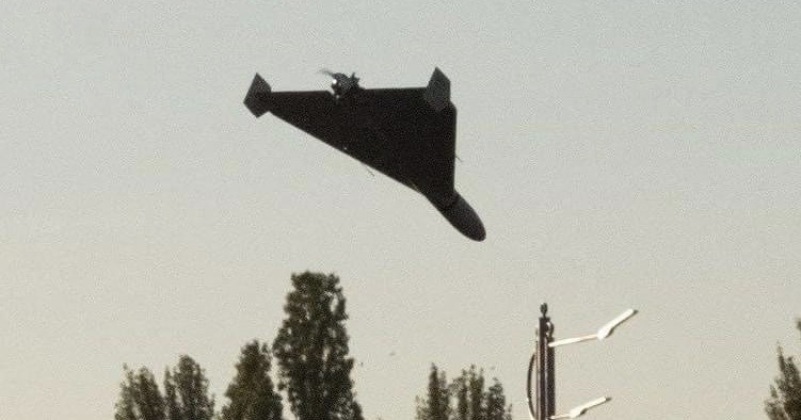News
Missile From Ukrainian S-300 Kills Two Polish Civilians: The Latest in a Long Line of Air Defence Disasters
On November 15 a surface to air missile for a Ukrainian S-300 air defence system struck the territory of neighbouring Poland, killing two civilians. Although there was initially speculation that the strike could have been perpetrated by Russia, which would have had severe consequences due to Warsaw’s NATO membership and the alliance’s collective defence obligations, it was confirmed by multiple sources the following morning that the missile had been Ukrainian. U.S. President Joe Biden, Polish President Andrzej Duda and NATO Secretary General Gens Stoltenberg all issue statements emphasising that there was little doubt the missile had come from Ukraine, although Duda made an apparent attempt to tie the incident to Russia by referring to a “Russian missile” fired by Ukraine. This was on the basis of the S-300 system having been developed in the Soviet Union, with Ukraine inheriting larger quantities S-300s than any successor state other than Russia itself. CNN also cited anonymous Ukrainian officials confirming that the incident was the result of a Ukrainian missile launch.

Ukrainian President Volodymyr Zelensky has adamantly claimed that the missile which struck Poland was fired by Russia, urging a NATO response including imposing a no fly zone over Ukraine. The contrasting between the responses Zelensky and his government’s supporters in the West have fuelled speculation that elements within Ukraine could have intended to stage a provocation to draw NATO into the war. The strike comes as Ukraine faces a growing prospect of being forced to abandon its major cities, with Russian strikes on infrastructure having made many of them including the capital Kiev near unliveable – a situation that is only expected to worsen as Russian attacks singling out power generation facilities continue to mount. Evidence of an intentional Ukrainian strike on Poland, however, remains totally absent, with the quick response by the White House in particular having been key to preempting the emergence of wider calls for Western retaliation against Russia for the incident. Although not disputing that Ukraine was the perpetrator, British Prime Minister Rishi Sunak and NATO Secretary General Stoltenberg notably placed the blame for the incident on Russia on the basis that they viewed the entire war to be solely a result of Moscow’s actions.

A Ukrainian strike on a neighbouring NATO member would not be unprecedented, with Ukrainian air defences reported to have been responsible for shooting down a MiG-21 fighter and an IAR 330-Puma helicopter over Romania in March. Also that month a Ukrainian Tu-141 drone crashed into the Croatian capital Zagreb. A Su-27 fighter shot down over Kiev in the first month of the war was also blamed on friendly fire from Ukrainian air defence assets. Russian sources have alleged that Ukrainian government forces were responsible for shooting down a Malaysian airliner – flight Mh17 – over the country’s territory in 2014, although this remains hotly disputed. The most notorious incident involving Ukrainian air defences was the use of an S-200 system to shoot down a Tu-154 passenger jet – Siberia Airlines Flight 1812 – which was flying from Tel Aviv to Novosibirsk in 2001. Although Ukraine’s arsenal of long range air defence systems has been significantly depleted by the ongoing war with Russia, it is set to continue to receive short ranged systems such as the American MIM-23 Hawk and German IRIS-T SLM from NATO member states.












